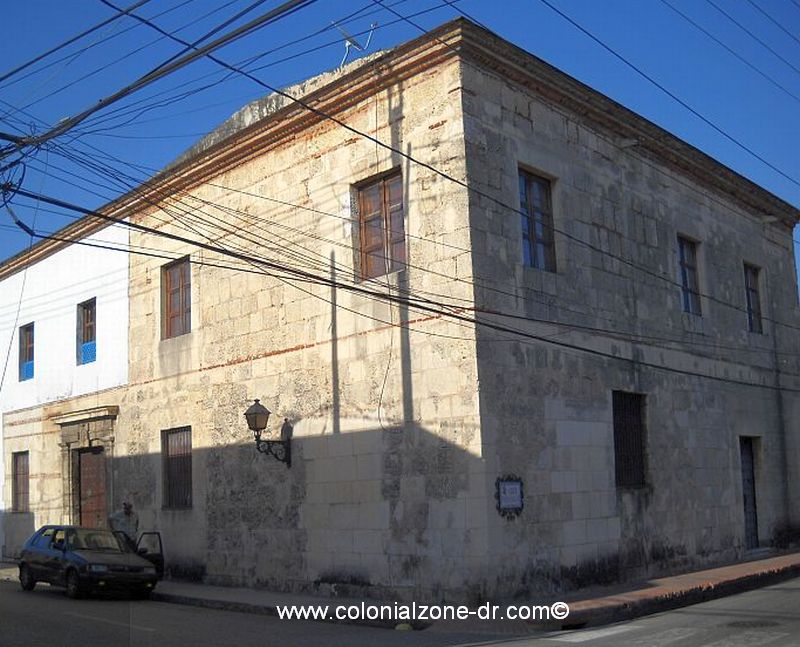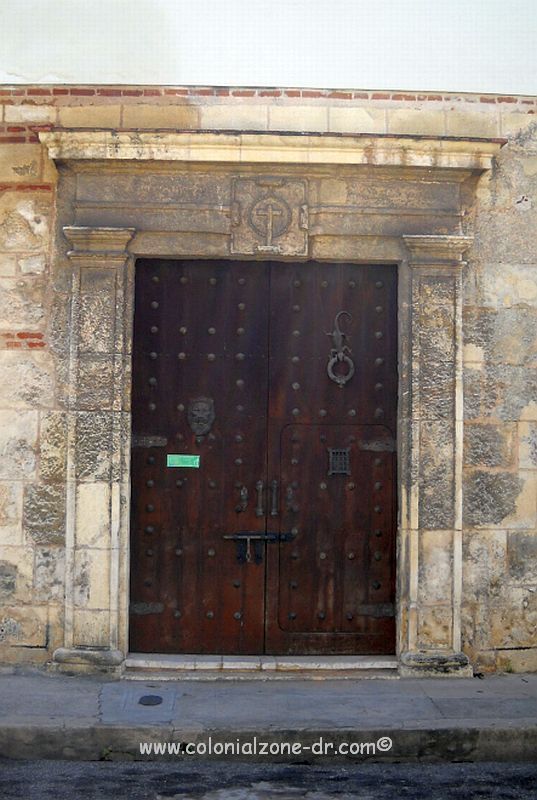Ceiba de Colon
The Ceiba de Colón is a historical tree located near the mouth of the Río Ozama. Legend states that this is where Christopher Columbus moored his ship the Santa María when he first arrived in the Americas.

The trunk of the Ceiba de Colón, mostly covered in cement now, has been protected throughout history. The Dominican people tried to keep the tree upright and alive as long as possible. But, as all trees do, it just got old. The trunk began to split, become hollow and finally, the tree fell. All that remains of that tree is cement and stone that were used to cover the original tree trunk.

Today there is another Ceiba tree growing next to the original cement covered trunk. It is said to be there to protect the original tree. Akin to a daughter, with its arms outstretched, covering and protecting the elderly mother from all the world’s troubles.

About The Ceiba
The Ceiba tree throughout the history of the world has been shrouded in many myths and legends. It is said the roots of this ancient tree can reach to the deepest parts of the underworld and also represents the terrestrial realms. In Mayan mythology, the Ceiba, or tree of life, is said to hold up the sky. It is the national tree of Guatemala. It is a common tree found in warm, tropical regions. The Ceiba can grow to be very tall and its branches form a huge shady canopy.

Update. Read the news story The Historical and Legendary Ceiba Colón Partner Has Fallen written 9-2019.
Location
Near Puerta de las Atarazanas and Avenida del Puerto (Av. Francisco Alberto Caamaño Deño). It is easily spotted when entering the Colonial Zone from the Puente Flotante. Walking, go north from Calle el Conde past Plaza España, down the stairs. Continue walking along the wall of the original city up Calle Atarazanas. Walk to a small Plaza at The Fuerte de la Carena and Fuerte de Angulo, where the road ends. Look over the wall at the cannon and you will see the cement covered stump standing all alone.













